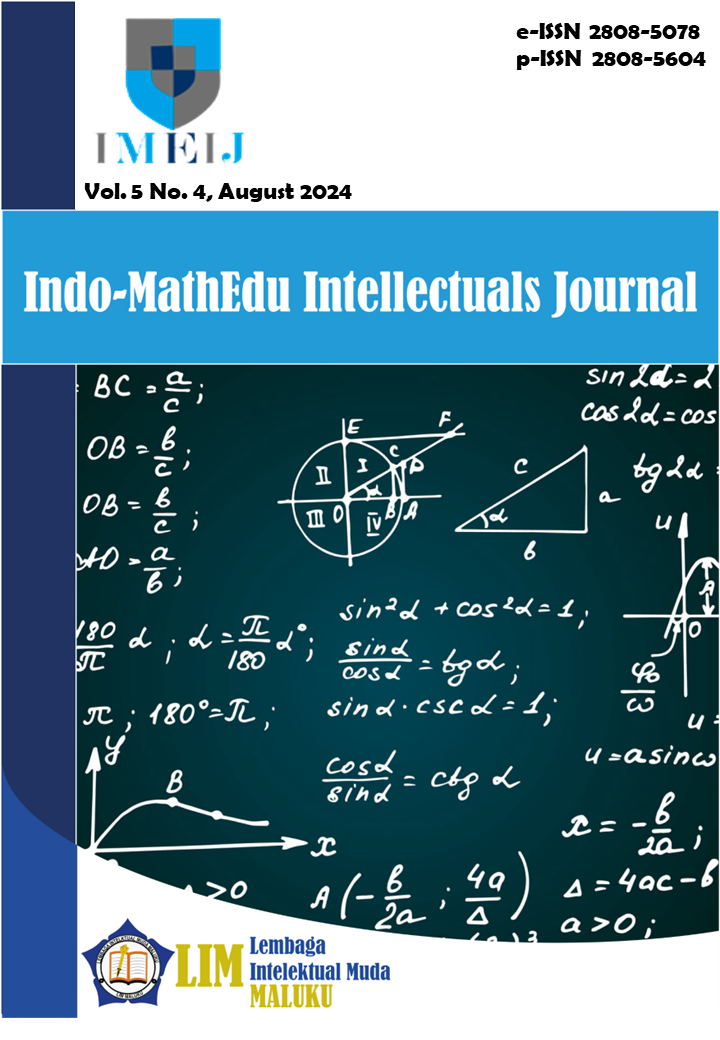Diagnosis Kemampuan Pemecahan Masalah Matematis Siswa Berdasarkan Self-Confidence pada Materi Sistem Persamaan Linier Dua Variabel
Main Article Content
Abstract
The purpose of this study is to describe how students' mathematical problem-solving ability is based on self-confidence in the material of the Two-Variable Linear Equation System. This study uses a qualitative method in the form of case study research. The subjects of this study are 2 students who have low, medium, and high self-confidence. The sampling technique uses purposive sampling. The data collection techniques in this study use measurement techniques, direct communication techniques, and indirect communication techniques. Data analysis techniques by describing the results of student answers and categorizing the level of student self-confidence. The average results of the self-confidence group were high with mathematical problem-solving skills in questions 1, 3 and 5 with an average of 8.5, problem number 2 with an average of 6.5, number 4 with an average of 7, and an average total score of 39 with an average score of 70.91. The average results of the self-confidence group were moderate with mathematical problem-solving skills in question number 1 with an average of 10, questions number 2 and 3 with an average of 8.5, number 4 with an average of 9, number 5 with an average of 5.5, and an average total score of 41.5 with an average score of 75.45. The average result of the self-confidence group was low with mathematical problem-solving skills in question number 1 with an average of 7, question number 2, question number 3, question number 4, question number 5 with a total score of 27 with a score of 49.09

